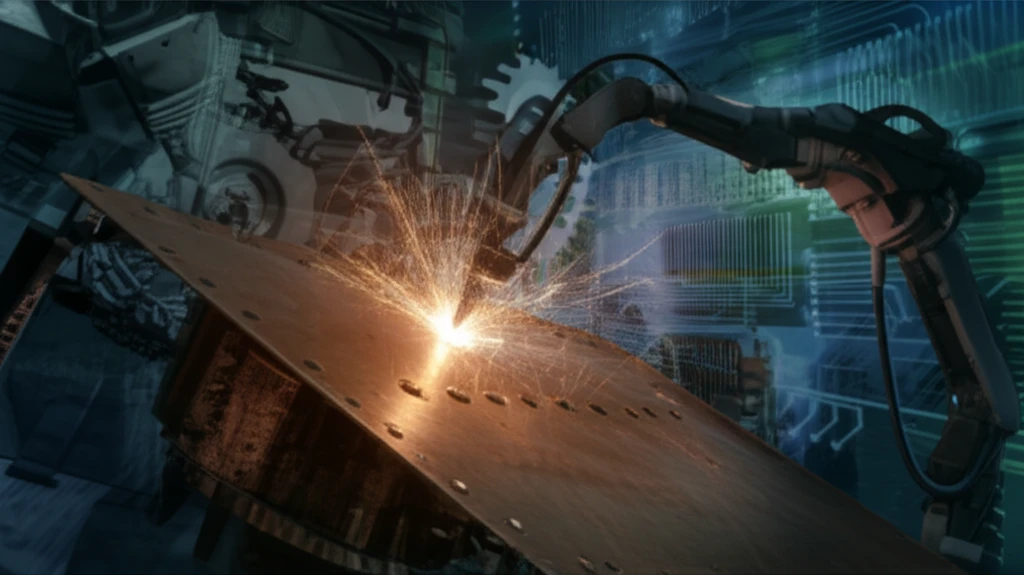
Friction Stir Welding vs. TIG-Assisted FSW: Which Method Creates Stronger Copper Joints?
"A microhardness comparison reveals the impact of welding techniques on pure copper joints."
Welding copper and its alloys presents unique challenges due to copper's high thermal conductivity—at least ten times greater than most steel alloys. This rapid heat dissipation makes conventional fusion welding difficult. To combat this, lower-temperature processes are preferred. Friction Stir Welding (FSW) has emerged as a viable solution, joining metals at a molecular level without melting.
To further enhance FSW, a variation known as TIG-assisted FSW incorporates a Tungsten Inert Gas (TIG) torch. This hybrid approach introduces additional heat, aiming to increase welding speed and reduce tool wear. But how does this extra heat affect the properties of the resulting weld?
This article will discuss a comparative study focusing on the microhardness of pure copper joints created using both standard FSW and TIG-assisted FSW. The goal is to understand the effects of TIG assistance on the weld's strength and identify optimal conditions for its use.
FSW vs. TIG-Assisted FSW: Understanding the Welding Processes

Friction Stir Welding (FSW) is a solid-state joining process that relies on frictional heat and plastic deformation. A non-consumable rotating tool is plunged into the material, and moved along the joint line. The rotating action generates heat, softening the material and allowing it to be mixed and forged together behind the tool, creating a solid-state weld.
- Increased welding speed.
- Reduced wear on the FSW tool.
- Potentially improved weld properties.
Choosing the Right Welding Method for Copper
The study indicates that while TIG-assisted FSW can increase welding speed, it may compromise the microhardness of the copper joint. The classic FSW process, with its lower temperatures, resulted in higher microhardness values in the experiment. Ultimately, the choice between FSW and TIG-assisted FSW depends on the specific application and the desired balance between production speed and joint strength. Further research into cooling methods during TIG-assisted FSW may help to mitigate the reduction in microhardness.
